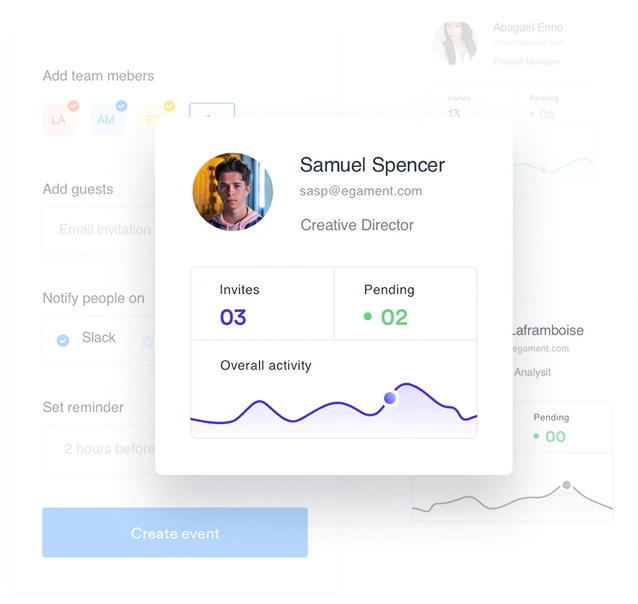Here’s a reality check: According to a recent EDUCAUSE study, 68% of educational institutions that implement ERP systems without proper readiness assessment face budget overruns exceeding 40% of their original investment.
That’s not just a statistic—it’s a wake-up call.
Unfortunately, the higher education landscape is littered with institutions that dove headfirst into Student Information System (SIS) implementations without following any structured readiness checklist. The consequences are staggering: semester-long registration blackouts, lost student records, faculty failing to submit grades in time, and financial aid disbursements delayed for months.
Some institutions have even faced accreditation challenges when their hastily implemented systems failed to maintain proper academic records. These failures don’t just impact budgets—they disrupt the educational journey of thousands of students and erode institutional credibility for years to come.
Today, we’ll walk through the exact checklist and explore how your institution can determine its ERP readiness before making this critical investment.
ERP readiness isn’t simply about having funds allocated in your budget. It’s about creating an ecosystem where technology, people, and processes can harmoniously support your institution’s mission. Moreover, true readiness assessment reveals hidden challenges that could derail even the most well-funded implementations.
Think of ERP readiness like preparing for a major renovation. You wouldn’t just hire contractors and hope for the best—you’d assess your foundation, understand your needs, and plan for disruptions.
Similarly, educational ERP implementation requires methodical preparation across multiple dimensions.
Most institutions focus solely on software licensing costs, but comprehensive ERP budgeting extends far beyond initial purchase prices. According to UNESCO’s digital transformation guidelines, successful educational technology implementations typically require:
Furthermore, institutions must evaluate their expected return on investment timeline. While ERP/Student Information systems typically deliver significant efficiency gains, these benefits often materialize 18-24 months post-implementation. Therefore, your financial planning should account for this delayed gratification period.
Key Financial Readiness Questions:
Your current technological infrastructure serves as the foundation for ERP success. However, many institutions discover infrastructure limitations only after implementation begins—a costly mistake that
Additionally, data migration represents one of the most complex aspects of ERP implementation. Legacy systems often contain decades of student records, financial data, and academic information stored in incompatible formats. Therefore, conducting a comprehensive data audit becomes crucial for timeline accuracy.
Critical Infrastructure Checkpoints:
Technology implementations fail when people resist change, regardless of the system’s technical capabilities. Successful ERP adoption requires genuine enthusiasm from faculty, staff, and administrative teams—not just reluctant compliance.
Moreover, effective training programs extend beyond basic system navigation. They encompass process reengineering, workflow optimization, and cultural adaptation. Institutions must therefore assess their capacity to deliver comprehensive training programs.
Consider these human resource readiness factors:
Before implementing new technology, institutions must understand their existing processes thoroughly. However, this analysis often reveals uncomfortable truths about inefficient workflows that have persisted for years.
ERP systems work best when they support streamlined, logical processes. Therefore, institutions should complete process optimization before—not after—system implementation. This approach prevents the costly mistake of automating inefficient workflows.
Educational institutions rarely operate with standalone systems. Your ERP solution must integrate seamlessly with existing platforms, including learning management systems, library databases, and financial aid processing tools. Consequently, integration complexity assessment becomes a critical readiness component.
Choosing an ERP vendor involves more than comparing feature lists and pricing models. Institutions must evaluate vendors’ educational sector experience, implementation methodologies, and long-term support capabilities.
Furthermore, successful vendor partnerships extend beyond contractual relationships. They involve collaborative problem-solving, knowledge sharing, and mutual investment in implementation success.
ERP implementations typically require 12-18 months for comprehensive deployment. However, institutional calendars, budget cycles, and academic schedules create unique constraints that must inform project timelines.
Additionally, institutions must plan for testing periods, data migration windows, and parallel system operations. These requirements often extend implementation timelines beyond initial estimates.
Every ERP implementation encounters unexpected challenges. Therefore, readiness assessment must include comprehensive risk identification and mitigation planning. Common risks include data migration complications, integration failures, and user adoption resistance.
Implementing an educational ERP system represents a transformative opportunity, but success depends entirely on thorough preparation. The institutions that thrive post-implementation are those that honestly assess their readiness across financial, technological, human, and operational dimensions.
Your students, faculty, and staff deserve a system implementation that enhances rather than disrupts their educational experience.
Ready to begin your ERP readiness assessment? Our educational technology experts have guided hundreds of institutions through successful implementations. Schedule a consultation today to discover how prepared your institution is for this transformative journey—and what steps you need to take to ensure success.
Book Your Free ERP Readiness Consultation and join the ranks of institutions that got it right the first time.

Experience Academia – Your partner in transforming campus operations, a trusted all-in-one ERP/SIS solution.
Get the latest insights, trends, and updates delivered straight to your inbox!
